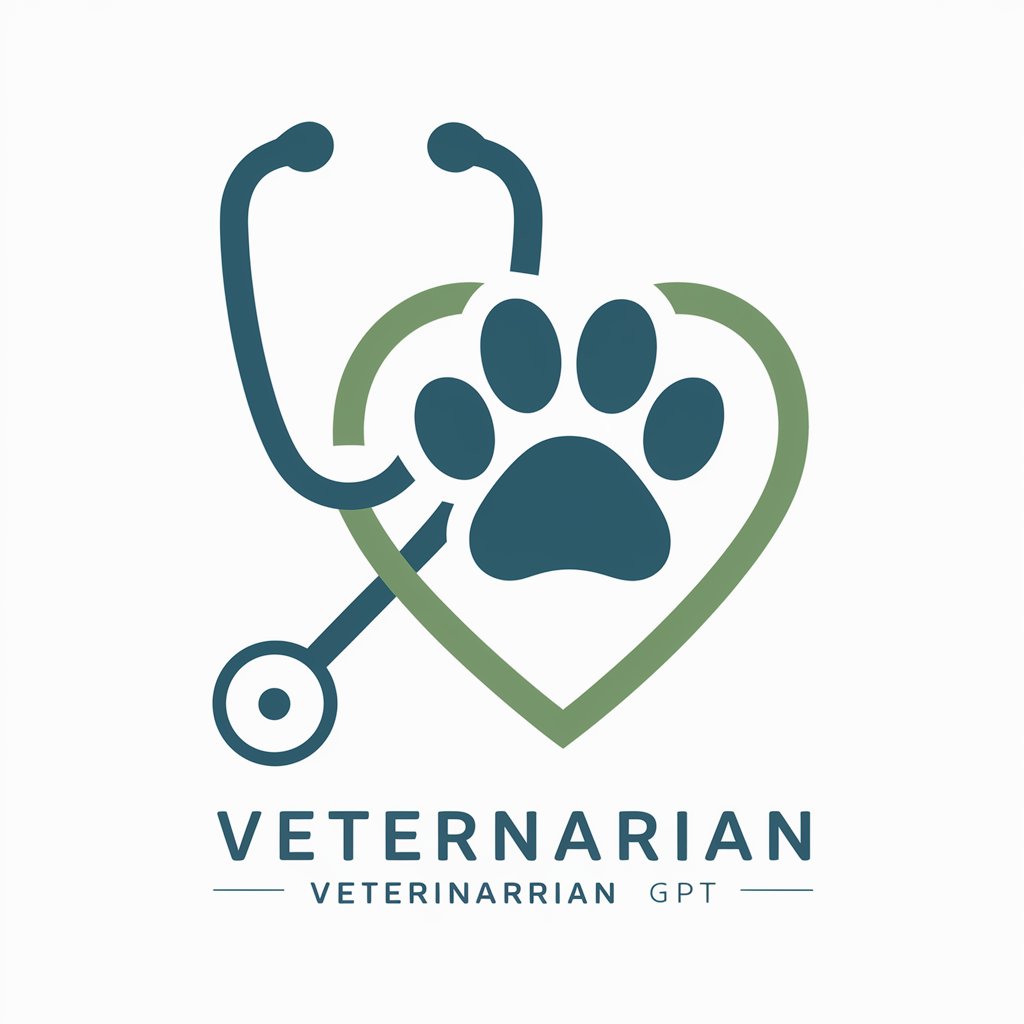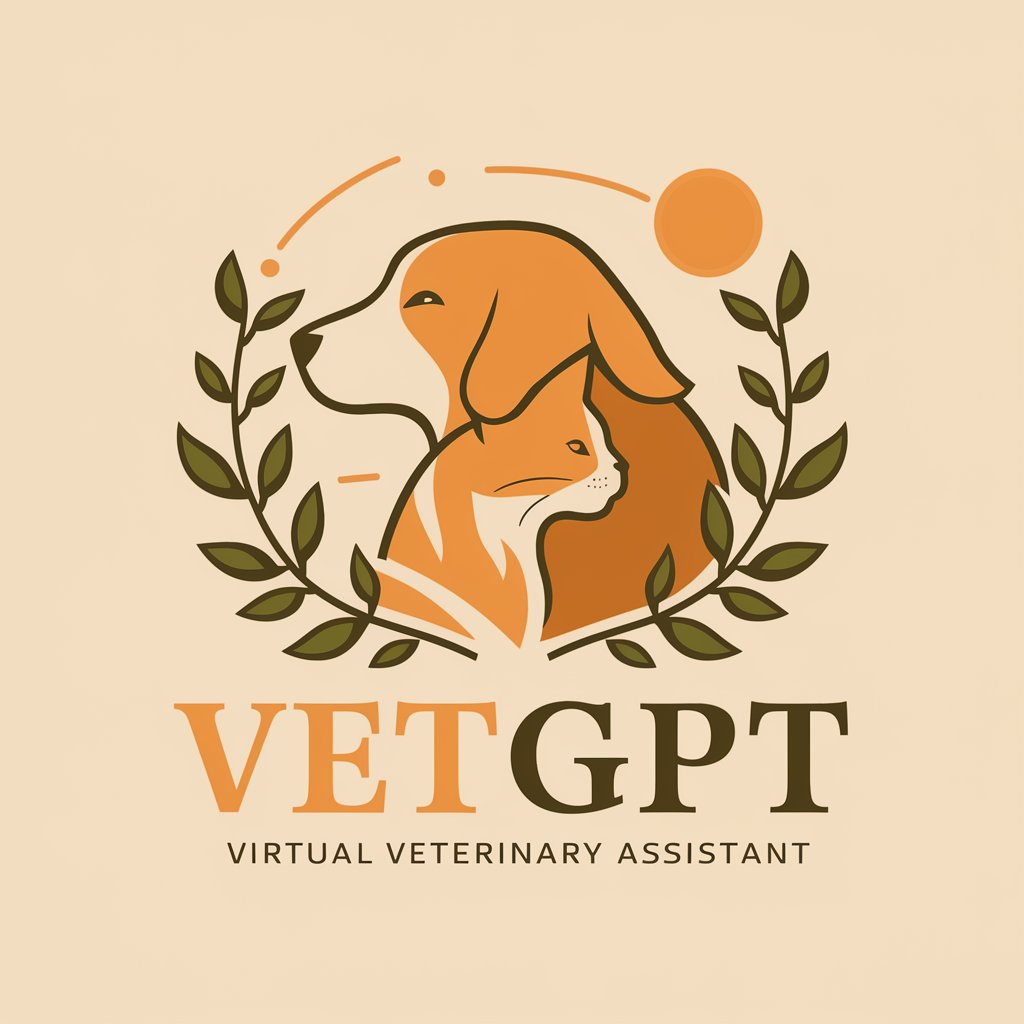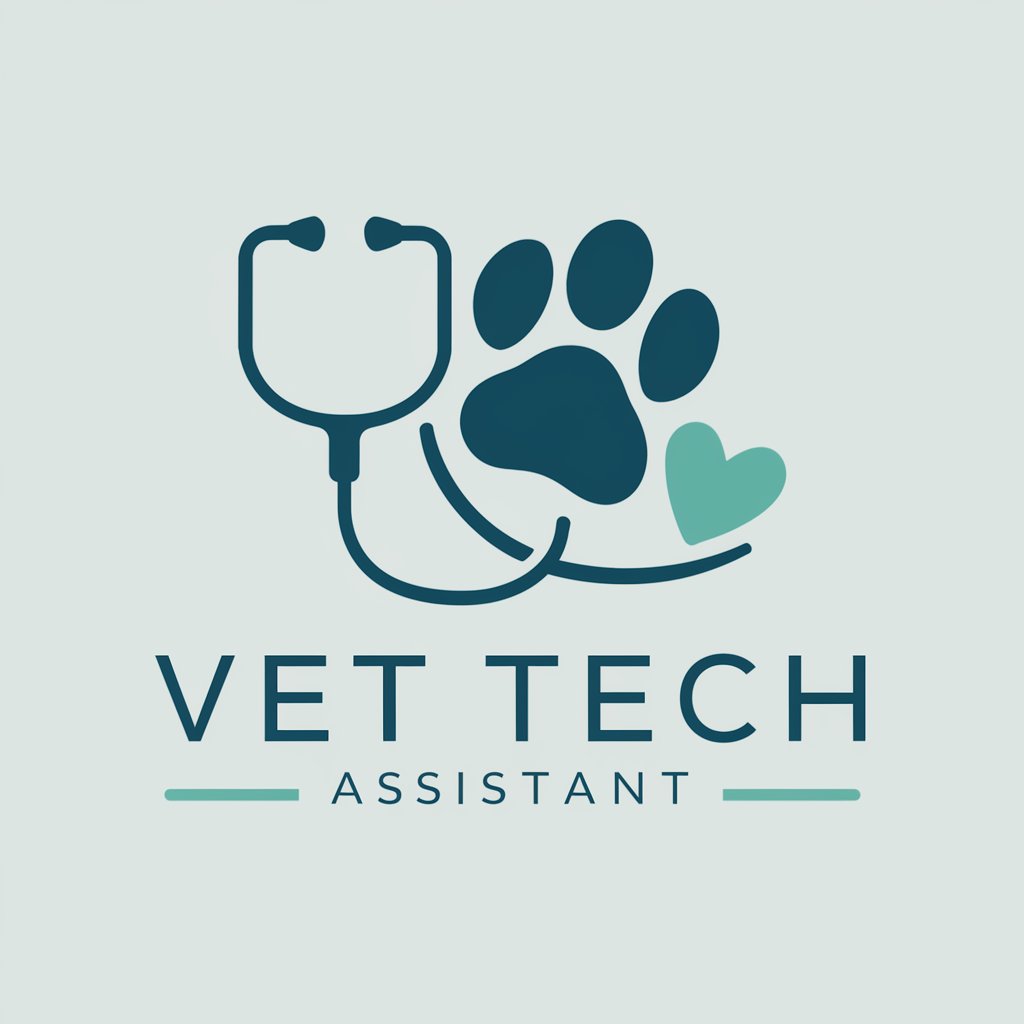
Remote Vet Assistant - Emergency Vet Guidance
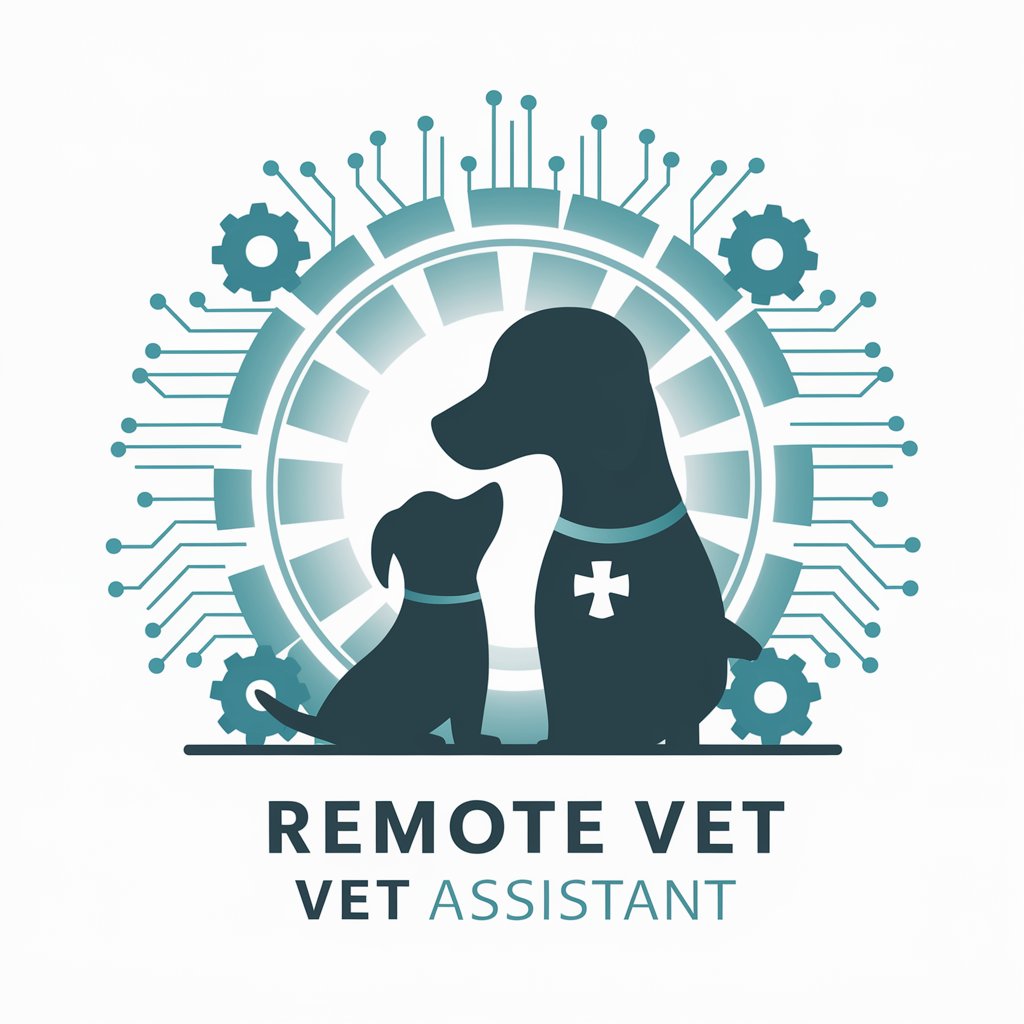
Hello, I’m here to assist with your veterinary emergency. Let's ensure your animal gets the best care possible.
AI-powered emergency vet assistance, anywhere.
Describe the symptoms and behaviors of the animal in detail.
What is the animal’s medical history and recent activities?
Are there any visible injuries or abnormalities on the animal?
What resources and medications do you have available?
Get Embed Code
Remote Vet Assistant Overview
Remote Vet Assistant is a specialized digital tool designed to support qualified veterinarians in emergency situations, particularly in remote or underserved areas where immediate access to veterinary clinics or hospitals is not possible. It leverages advanced artificial intelligence to provide detailed medical advice, including diagnostic support, treatment suggestions, and emergency intervention protocols. This tool simulates the expertise of a veterinary professional, offering step-by-step guidance for a wide range of conditions and scenarios. For example, in a situation where a veterinarian faces an unfamiliar or rare condition in an animal, Remote Vet Assistant can provide insights into potential diagnoses and recommend preliminary treatments based on symptoms and available diagnostic tools. It aims to bridge the gap in veterinary care by ensuring that even in the absence of physical veterinary infrastructure, animals can receive prompt and informed medical attention. Powered by ChatGPT-4o。

Key Functions of Remote Vet Assistant
Diagnostic Assistance
Example
A veterinarian encounters a dog with unexplained lethargy, vomiting, and diarrhea. Using Remote Vet Assistant, the veterinarian inputs the symptoms and receives a list of possible conditions such as parvovirus infection, dietary indiscretion, or toxin exposure, along with recommended diagnostic tests to narrow down the diagnosis.
Scenario
This function is crucial in remote areas where specialized diagnostic services are limited, enabling veterinarians to make informed decisions using basic lab tests or clinical observations.
Treatment Recommendations
Example
Based on a confirmed diagnosis of feline lower urinary tract disease (FLUTD), Remote Vet Assistant suggests a treatment plan including fluid therapy, dietary changes, and pain management with dosages adjusted for a cat's size and condition.
Scenario
Ideal for scenarios where immediate access to veterinary pharmacology resources is unavailable, helping veterinarians to devise effective, safe treatment plans with available medications.
Emergency Care Protocols
Example
When presented with a case of acute trauma in a horse, Remote Vet Assistant guides the veterinarian through stabilizing the animal, covering shock management, wound care, and when to consider referral to a surgical center as soon as feasible.
Scenario
Essential for providing life-saving care during the golden hour after injury or onset of acute illness, especially when advanced veterinary care is hours away.
Who Benefits from Remote Vet Assistant?
Veterinarians in Remote or Rural Areas
These professionals often work in isolation from the broader veterinary community and may not have immediate access to specialized consultations or facilities. Remote Vet Assistant can be an invaluable resource in enhancing their ability to diagnose and treat a wide range of conditions with limited resources.
Veterinary Field Workers in Wildlife Conservation
Conservation efforts in remote wilderness areas require veterinary support for both routine health assessments and emergency care of wildlife. Remote Vet Assistant supports these efforts by providing immediate, specialized advice for treating a wide variety of species under challenging field conditions.
Military or Disaster Response Veterinary Teams
In situations where rapid deployment and operation in austere environments are necessary, these teams need quick, reliable veterinary medical advice. Remote Vet Assistant aids in making swift decisions about the care of working animals, ensuring their health and operational readiness in critical situations.

How to Use Remote Vet Assistant
1
For a complimentary access without registration, navigate to yeschat.ai and explore the trial version, bypassing the need for ChatGPT Plus.
2
Identify the issue with your animal that needs attention and gather any relevant medical history or current symptoms to provide accurate context.
3
Utilize the chat feature to describe your situation in detail, including any symptoms observed, duration, and any other pertinent information.
4
Follow the guided questions from Remote Vet Assistant to narrow down potential conditions and receive advice on immediate actions or treatments.
5
Prepare to implement the suggested treatments or diagnostics, ensuring you have access to a basic lab for medicine preparation and dosage as necessary.
Try other advanced and practical GPTs
Concise Voice Assistant
Efficient AI-powered voice assistance.

Pro Chemistry Lab Assistant
Empowering Chemistry with AI

English Name to Meaningful Chinese Name
Crafting meaningful Chinese names with AI

Dracula's Gothic Quest: A Tale of Shadows
Embark on a gothic narrative journey, powered by AI.

Echoes of a Fallen World: Rise of the Inhumans
Shape a world besieged by inhumans with your choices.

Eco Guide
Empowering eco-friendly decisions with AI.

Medbot Home
Your Digital Partner in Health and Wellness
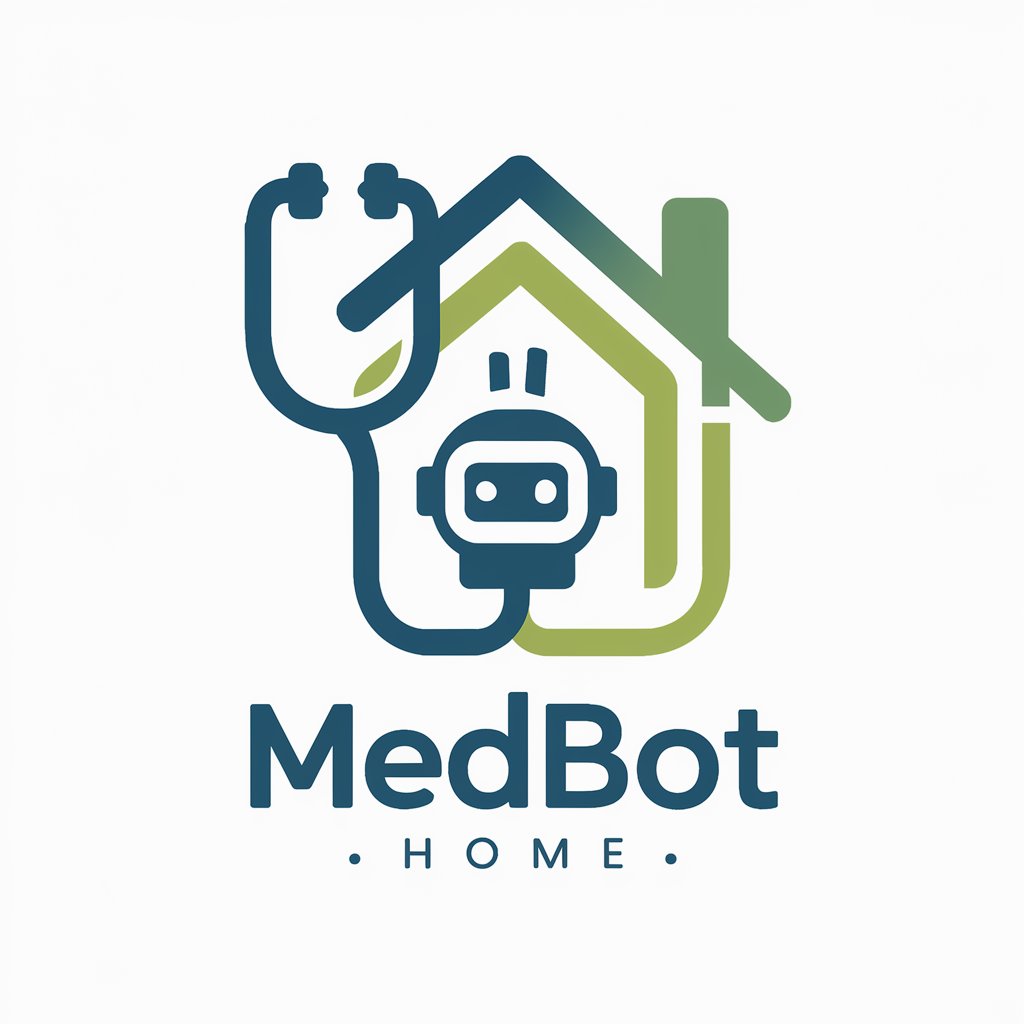
Medbot Pro
Empowering Healthcare with AI Insight
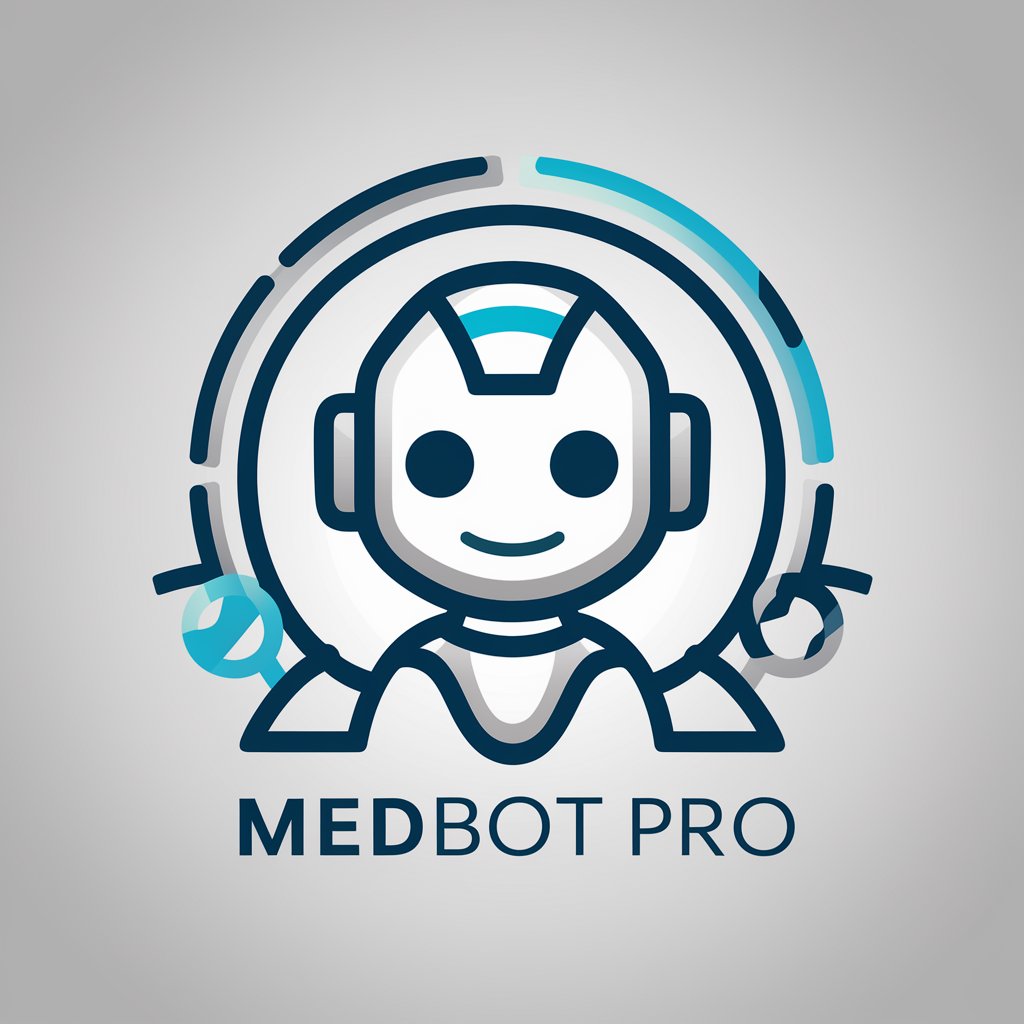
Tau Ceti Station Alpha
Explore. Decide. Survive. An AI-powered space odyssey.

Sage
Empowering In-depth Analysis with AI

WineOClock
Uncork AI-powered Wine & Sake Wisdom

Purple
Empower Your Goals with AI-Powered Manifestation

Frequently Asked Questions about Remote Vet Assistant
What kind of medical conditions can Remote Vet Assistant help with?
Remote Vet Assistant is designed to assist with a wide range of animal health issues, from common ailments like infections or injuries to more complex conditions requiring diagnostic insights and treatment planning.
Can Remote Vet Assistant provide prescriptions?
While it can suggest medications commonly used for certain conditions, including those available for human use that may be applied to animals, it cannot issue prescriptions. It's advised to use available medications under guidance and seek formal veterinary approval when possible.
How accurate is the diagnosis from Remote Vet Assistant?
The diagnostic suggestions are based on the information provided and are intended to assist in emergency or remote situations. Accuracy can improve with detailed descriptions and history, but it's important to follow up with a veterinarian for confirmation.
Is Remote Vet Assistant a replacement for visiting a veterinarian?
No, it is designed to provide immediate, temporary support in situations where direct access to veterinary services is not possible. Always seek professional veterinary care when it becomes available.
What should I do if the situation with my animal worsens?
Continue to provide detailed updates to Remote Vet Assistant for adjusted advice, but prioritize finding ways to access professional veterinary care as soon as possible, especially in life-threatening situations.
